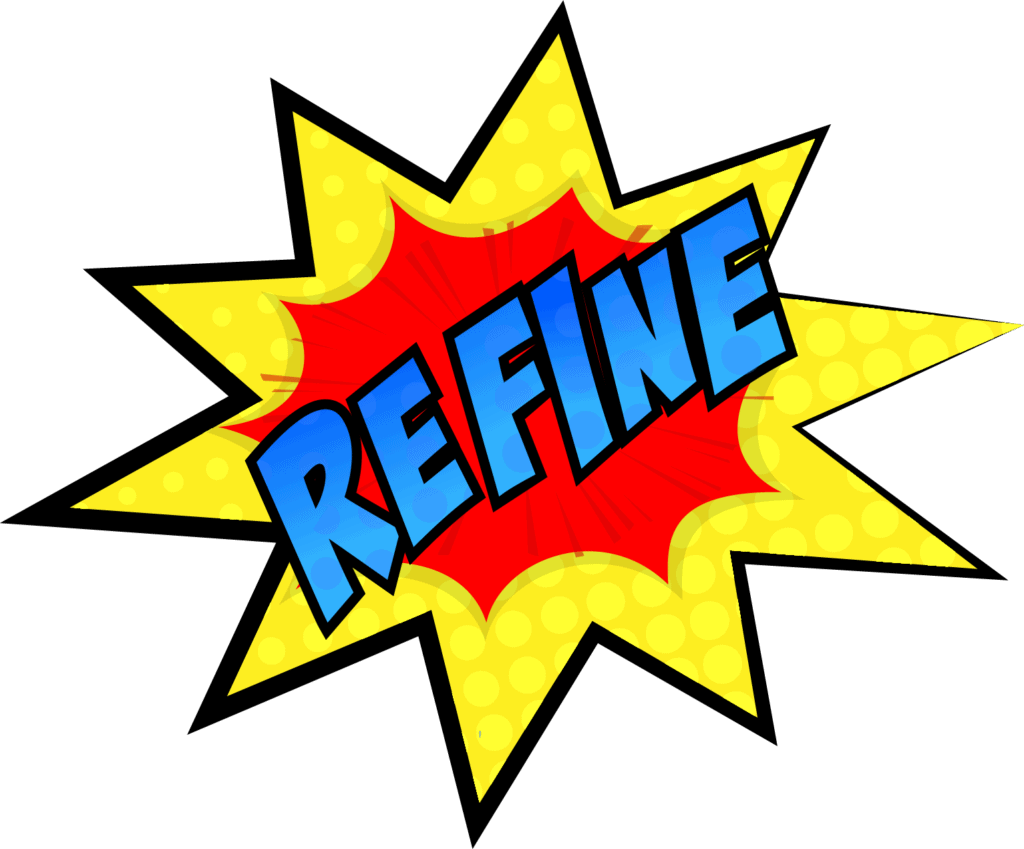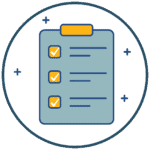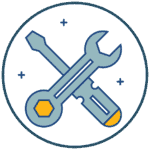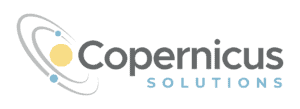ITERATION AND SUPPORT
How can your team best engage in continuous improvement? How and when will you monitor and reassess progress?
WHY
- Leaders are more successful at supporting all learners when they set clear goals and consistently collect, monitor, and evaluate data and outcomes from schools connected to those goals.
- Leaders who engage in continuous improvement have “more engaged workers coached by more capable managers whose more agile organizations can make more effective decisions” (per McKinsey).
- Monitoring and assessing progress along the way allows systems to more quickly see needs as they arise, adjust, and create targeted supports. This structure is parallel to the way we expect teachers to support students.


KEY TAKEAWAYS
- Set direction and purpose. Create a common and clear vision for successful learning acceleration for all students in your system. Make sure your vision and your action plan to achieve those goals are reflected in key documents such as your Local Control Action Plan (LCAP).
- Use a continuous improvement framework. Continuous improvement is a process of identifying what is working and what needs to change, developing a sound evidence-based plan, implementing the plan, and using data to monitor outcomes and make timely adjustments to improve those outcomes. Create a plan for continuous improvement using a model such as the Plan-Do-Study-Act cycle. Frameworks can help your team develop a common language and clear vision of the process that makes the work more efficient and collaborative.
- Create a sustainable data collection and analysis system. Know what data you need to collect and from which sources. Use an impact spectrum such as the one described below to help guide your data selection. Set regular times for your team to review and analyze the data to support quick course correction.
- Model with adults what you want them to do for kids. Be transparent about how you are engaging in continuous improvement. Provide targeted, data-based, just-in-time, embedded learning opportunities rather than blanketed professional development. These are the same processes we want teachers to employ when making learning acceleration decisions.
CURATED TIPS
SET DIRECTION AND PURPOSE
- Assess your current state. Begin by working with your staff and community to assess where your system is now in relation to learning acceleration. Where are your strengths? Where do you need to focus? Who is experiencing success and who is not? Use that data to determine clear outcomes. Use the components of this playbook to help you determine what areas to explore and set goals around.
- Get clarity. In an organization to improve, leaders and other key participants must set clear and firm intentions. Try these questions as a starting point:
- What problem are we trying to solve?
- What changes might we introduce and why?
- How will we know a change is an improvement?
- Create a road map to success. Once you have your goals laid out, create an action plan to help you, your team, and your community determine how to get there, a timeline for work, and responsible parties. Be sure to include clear deliverables at each step to help everyone stay on track. Create space for the team to meet regularly to discuss the process, problem-solve, and share ideas.
- Everybody has a role to play. The person often best positioned to support acceleration for students will be the teachers with direct knowledge of the student and the content. However, other staff members will be great supports as students complete grade-level work, have questions, need to talk through topics, or have misconceptions that need to be clarified.
ENGAGE IN CONTINUOUS IMPROVEMENT CYCLES
- Iterate cyclically to fine-tune competencies. Keep using the data to help assess and adapt. Get feedback and continue to work together. Be sure to host meetings and staff conversations with both administrators and teachers to discuss data, celebrate successes, work through challenges, and continue planning together.
- Leverage an existing continuous improvement toolkit for expediency. Instead of creating a continuous improvement process from scratch, consider using existing models and toolkits to help ease the lift. Our accompanying work plan for this playbook offers a high-level glimpse into the Plan-Do-Study-Act improvement process. For something more thorough, consider CCEE’s toolkit for continuous improvement.
USE DATA TO MONITOR AND ADJUST
- Determine what data to collect. Continuous improvement, like learning acceleration, is driven by regular data collection and analysis. Consider using an impact spectrum like this one adapted from the work of Teacher Development Network LLC to consider the range of data you might collect now and over time:
- Implementation data
- Professional learning metrics: How are we supporting staff in learning to accelerate learning? (Consider data sources that show how much, how often, and on what educators are receiving professional learning and coaching to develop their skills, as well as the response to those trainings.)
- Program implementation metrics: How well is the program being implemented? (Consider data sources that show you how the program is rolling out in alignment with goals and action plans, such as systems and structures developed to support the initiative at the district, school, team, and classroom level.)
- Impact data
- Teacher practice metrics: How and in what specific ways is the practice of teachers improving? (Consider triangulating data from several sources including self-report/surveys, observations, evaluations, and so on.)
- Student learning metrics: How and in what specific ways is student learning improving? (Consider triangulating data from several sources including pre-formative and post testing, teacher reports, specific population progress, etc.)
- Implementation data
VIDEO RESOURCE
Continuous improvement: “Planning Professional Learning for Teachers and Leaders”, a 20-minute video developed by the CCEE and TNTP.
DATA-DRIVEN CONTINUOUS SUPPORT
- Identify priority knowledge and skills for adults. Map out the adult learning competencies necessary for effectively meeting your accelerated learning goals. Use the topics described in this playbook to guide your thinking. Align your desired outcomes and your LCAP as you create a plan for support and professional development.
- Collect data on current state and needed supports. Work with your staff to:
- survey what is hard, what feels manageable, and what they want to learn in relation to identified competencies;
- do walkthroughs of classrooms to observe grade-level instruction and implementation of curriculum to understand how teaching and learning is currently being enacted; and
- collect lesson plans, materials, and work samples for review and/or have teams/PLCs review these materials together and make recommendations for professional learning needs.
- Create a goal-aligned professional learning plan. Work with educators and leaders to determine the best way to support teachers in gaining the identified competencies, given the needs and assets in your community.
- Prioritize key needs and offer training to address identified knowledge gaps.
- Utilize coaching and mentoring systems to help teachers and teams implement new learning in their classrooms. PD is important, but it is not enough to make change happen all on its own. Targeted one-to-one coaching from highly trained mentors and coaches is crucial to helping teachers enact new ideas and grow more quickly.
- Rethink schedules to allow teachers time for collaboration, planning, learning, iteration and coaching during the school day as they adapt to and refine these new practices. Once your programs are off the ground, these tools from Instruction Partners can help you improve your PLCs, coaching practices, and other staff supports.
- Offer high-quality professional learning. Organizations focusing on accelerating learning for students cannot do so without high-quality professional learning for staff. According to research from the Institute of Education Sciences, high-quality professional learning:
- is tied to specific content and outcomes;
- incorporates active learning;
- is job-embedded;
- is collaborative;
- provides models;
- includes coaching;
- is sustained and continuous; and
- is aligned with school goals, standards and assessments, and other professional learning activities.
- Offer meaningful choice. Choice generates engagement, especially for adult learners who know their own strengths, needs, and learning preferences. Cedar Rapids Community School District created a BINGO board to encourage educators to select content and learning experiences based on their specific needs. This slide deck from Dallas ISD illustrates a creative, supportive, personalized way to present PD experiences and engage educators.
- Be patient and persistent. Making big systemic changes such as the move to learning acceleration takes time to enact. Here are few reminders to keep you going when the work is not easy:
- Make sure your plan has opportunities for regular meaningful staff collaboration.
- Use best practices for meetings, as suggested in this sample agenda to help guide the work forward.
- Frustration and disagreement are part of the process and they don’t mean it isn’t working. Acknowledge the depth of mindset and practice shift this new phase of learning requires of teachers. Veteran teachers will feel like novices again, tried-and-true practices for student engagement may not work, and technical hurdles will create frustration. Provide ample support and resources for the team during the change process and encourage them to keep going.
- Model strategies you are asking teachers to use to engage learners.
- See the Creating a People-Centered Culture section of CCEE’s Field Guide for ways to celebrate success and improve morale. These are hard times, and small acts of acknowledgment can go a long way.
ADDITIONAL RESOURCES
- Carnegie Foundation’s reflection guide on Transforming Educational Systems Toward Continuous Improvement.
- EDC’s guidebook and toolkit on Building a Culture of Continuous Improvement.
- Knowledgeworks’ The Education Changemaker’s Guidebook to Systems Thinking.




